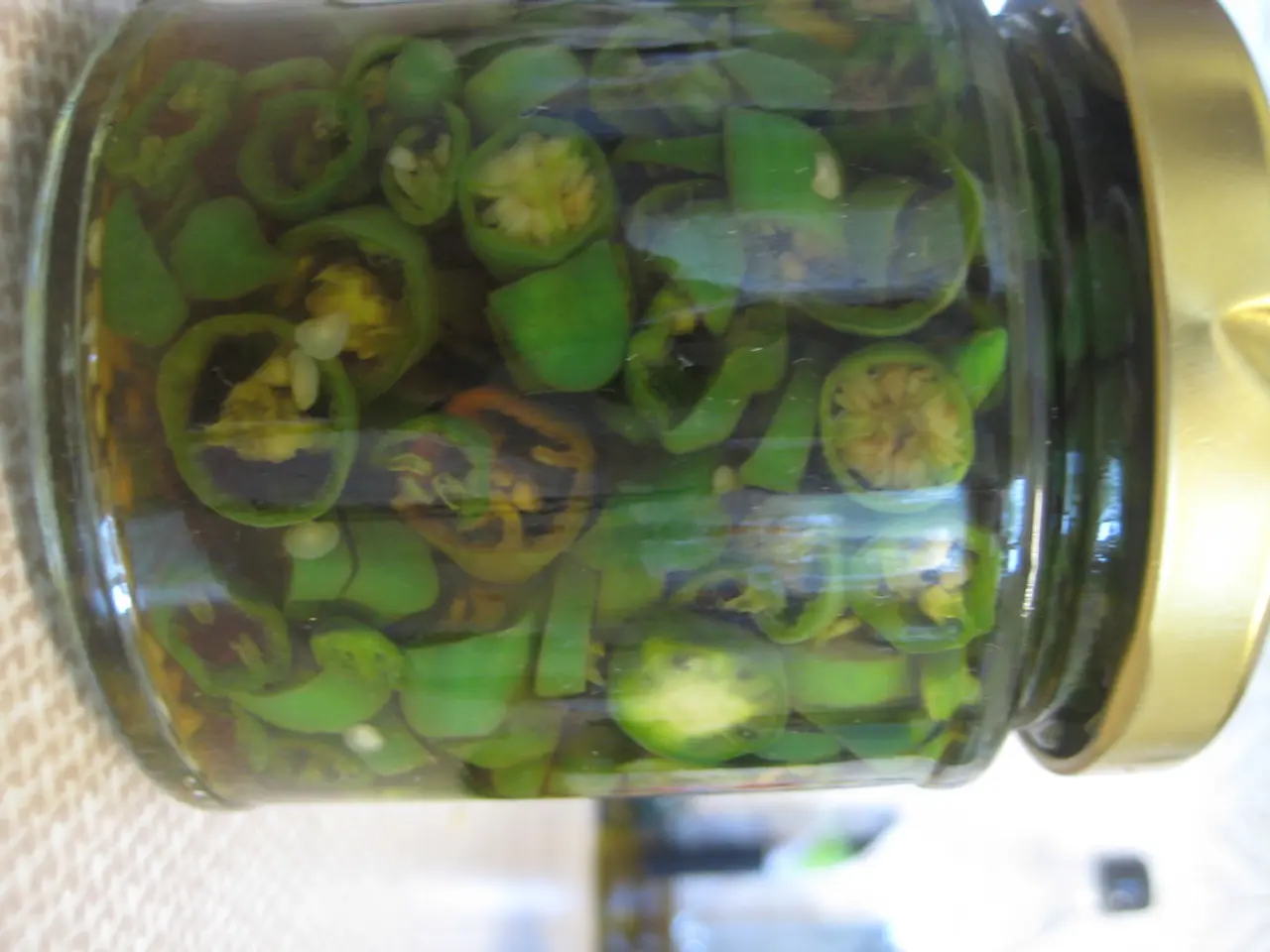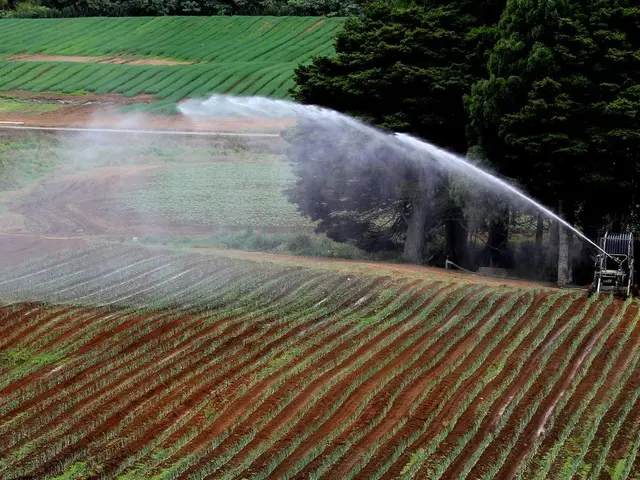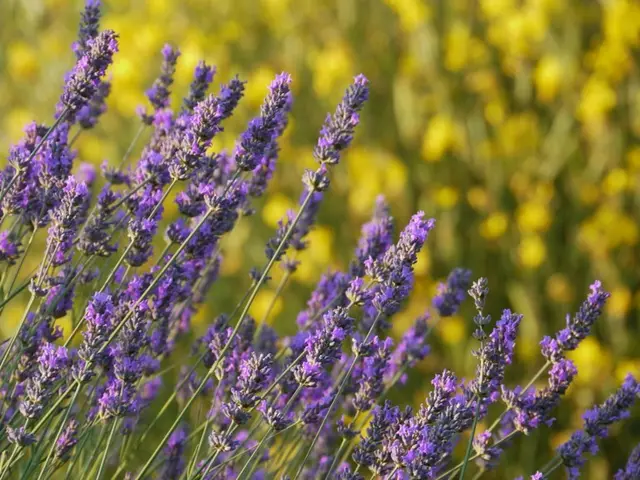Effective Steps for Extending Horseradish Shelf Life: Keys to Prolonged Storage
Horseradish, a plant known for its intense flavor and historical significance, can be a delightful addition to your garden and meals. This root vegetable, scientifically known as Armoracia rusticana, can be easily grown, harvested, and preserved at home for a supply of zesty condiments to add an extra kick to your meals.
Growing Horseradish
To grow horseradish, plant roots or root cuttings 4 to 6 inches deep and space them about 12 inches apart in well-drained, fertile soil. Horseradish thrives in a sunny location and benefits from containment measures to prevent its invasive spread. Consider planting in raised beds, large containers (at least 18 inches deep), or using physical root barriers that extend 12–18 inches into the soil.
Choose an isolated planting area to manage its vigorous growth. With careful soil preparation and the right growing conditions, you'll soon have a thriving horseradish plant.
Harvesting Horseradish
The best time to harvest horseradish is in early spring or late fall, ideally after the first frost, when the leaves start yellowing. Use a spading fork or garden spade to gently loosen soil and carefully lift roots to avoid damage. Remove all leaves close to the crown after harvesting to prevent moisture loss from roots during storage.
Avoid washing roots if planning to store them long-term, as excess moisture reduces shelf life. Instead, gently brush off soil. Treat any cut or damaged areas with an antiseptic such as iodine solution to prevent fungal infection.
Preserving and Storing Horseradish
Store roots in a cool, dark place with moderate humidity. Ideal storage media includes moist sand, peat, or sawdust to prevent drying out. Possible storage methods include cellar storage, refrigeration, freezing, drying, or preserving by grating and pickling.
Sort roots before storage, using damaged roots immediately by processing them, while keeping intact roots for long-term storage. Freshly harvested horseradish roots should be air-dried 24 hours after harvest before storage to prevent spoilage.
Using Horseradish in Cooking
Horseradish can be grated fresh, blended into sauces, or stored for the long winter months ahead. Grated horseradish can be mixed with a bit of vinegar to preserve its pungent kick before storing. A classic horseradish sauce recipe includes freshly grated horseradish, vinegar, salt, and cream.
You can also create a tangy relish by mixing grated horseradish with diced pickles. For a zesty salad dressing, blend horseradish with olive oil and a little sugar. Horseradish sauce can be used in cocktail sauce with a bit of ketchup and lemon juice, or mixed with prepared horseradish, ketchup, and a splash of lemon for a refreshing cocktail sauce.
Health Benefits of Horseradish
Horseradish is low in calories but rich in fiber, vitamin C, and folate. It's also known for its ability to help clear sinuses and boost immunity.
Larry Meyers, a gardening expert with over 10 years of experience, aims to share his knowledge and create a one-stop shop for all gardening information. In addition to horseradish, Larry has written posts about when to plant tulips in Missouri, snail bait safety for dogs, and when to plant pumpkins in Michigan for Halloween.
Remember to wear gloves and consider goggles when handling and grating fresh horseradish, as it can cause irritation. Grated horseradish should be handled quickly to avoid losing potent oils to the air.
With these best practices for growing, harvesting, and preserving horseradish at home, you'll be well on your way to enjoying the pungent power of this versatile root vegetable.
Read also:
- Avoidable foods during shingles: Hot, spicy dishes, sugary items, and so on
- U.K.-based software, dubbed MEMORI, gains first certification as a medical device, able to predict infections in real-time
- Connection between Broccoli Consumption and Gout Management: Key Insights
- Home Studio Allergy Management: A Comprehensive Guide for Designers








